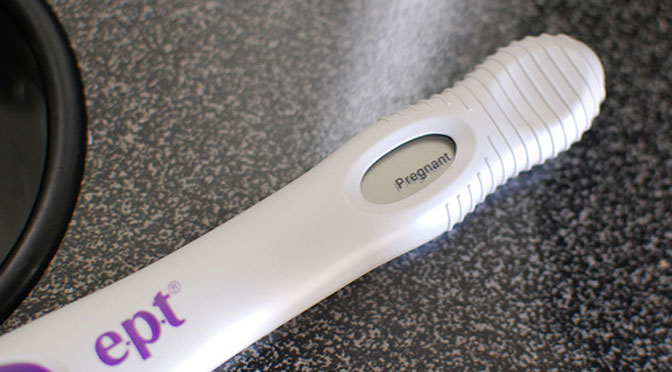According to the Guttmacher Institute, the former research arm of Planned Parenthood, approximately 89% of abortions take place within the first 12 weeks of pregnancy, also known as the first trimester. This means that approximately 824,318 first trimester abortions are done each year in the U.S (according to 2014 statistics). Because of numbers like this, frequently, we hear abortion advocates refer to abortion as a “common” procedure. “Common” is a very subjective word, however. In comparison to things like colonoscopies (19 million annually) and wisdom tooth extractions (5 million) — both procedures to which abortion has, at times, been compared — it isn’t as common as you’d think. Abortion, while frequently described as a simple medical procedure like any other, is the only one which carries as its main purpose the ending of a pregnancy by terminating the life of a developing human being within the womb.
READ: First trimester babies aren’t blobs of tissue — they’re amazingly complex
According to the website AbortionProcedures.com, a first trimester suction aspiration D&C abortion “is a procedure in which a suction catheter is inserted into the mother’s uterus to extract the preborn baby. Tools are then used to scrape the lining of the uterus to remove any remaining parts.” This is typically done anywhere from five to 13 weeks of pregnancy. Watch as the procedure is described below:
While first trimester procedures are the most common as abortions go, they are not without risks, which include “Injury to the uterus or cervix, potentially damaging intestines, bladder, and nearby blood vessels… hemorrhage, infection, and in some cases, even death of the mother. In addition, according to the same website:
Long-term, D&C abortions have caused complications in future pregnancies. One such complication that it can make it difficult to carry a future pregnancy to term. D&C abortions have been known to cause damage to the uterus or cervix, which can result in very premature births with the next pregnancies.5 The subsequent scarring to the uterus6 may increase the risk of uterine rupture during future pregnancy, which may result in death of the baby and even the mother.7, 8 In addition to an increased risk of preterm birth, damage to the lining of the uterus can also cause additional problems for the woman during future deliveries, including significantly higher risk of hemorrhaging.9
The sources for this information are listed at AbortionProcedures.com.
Editor’s Note: If you are considering an abortion, please visit OptionLine for more information on pregnancy resources in your local area.







